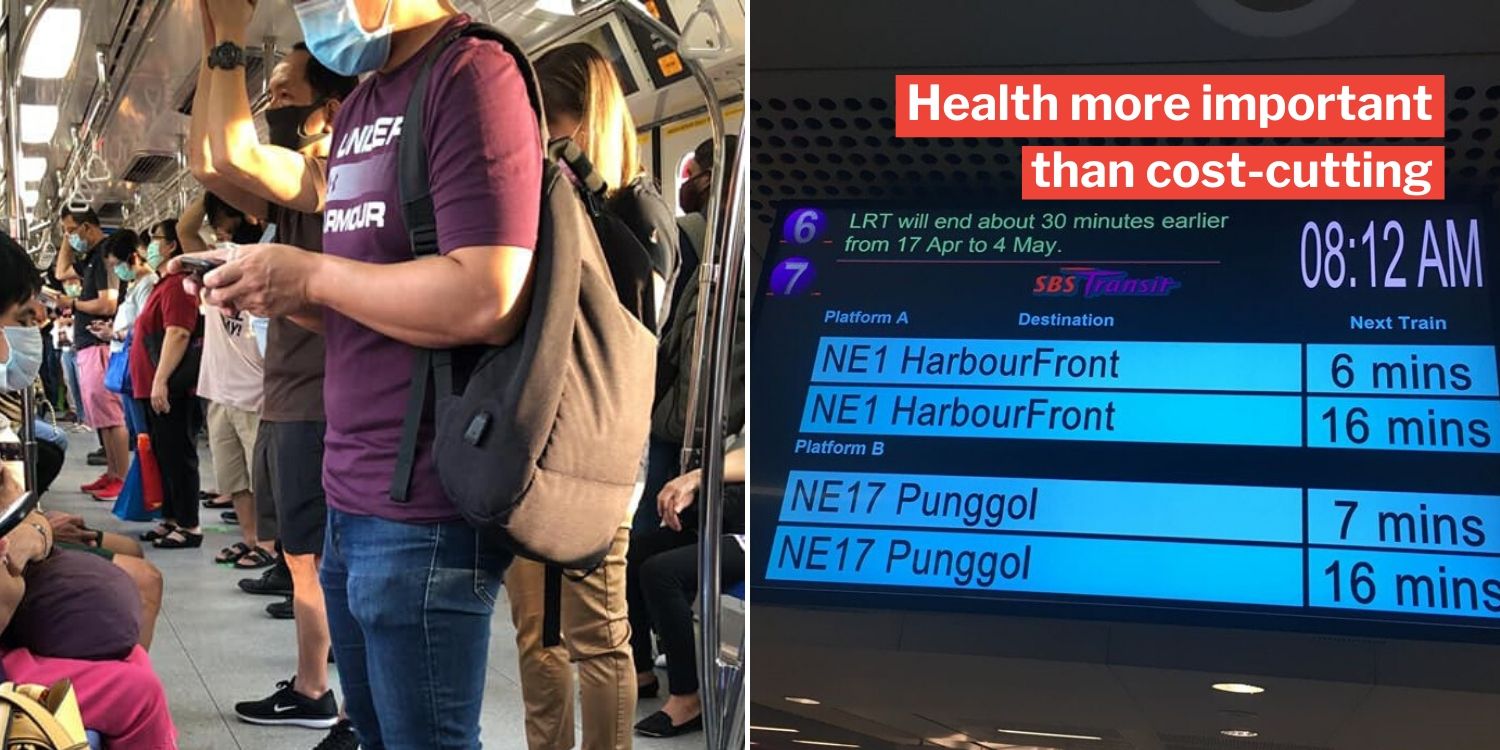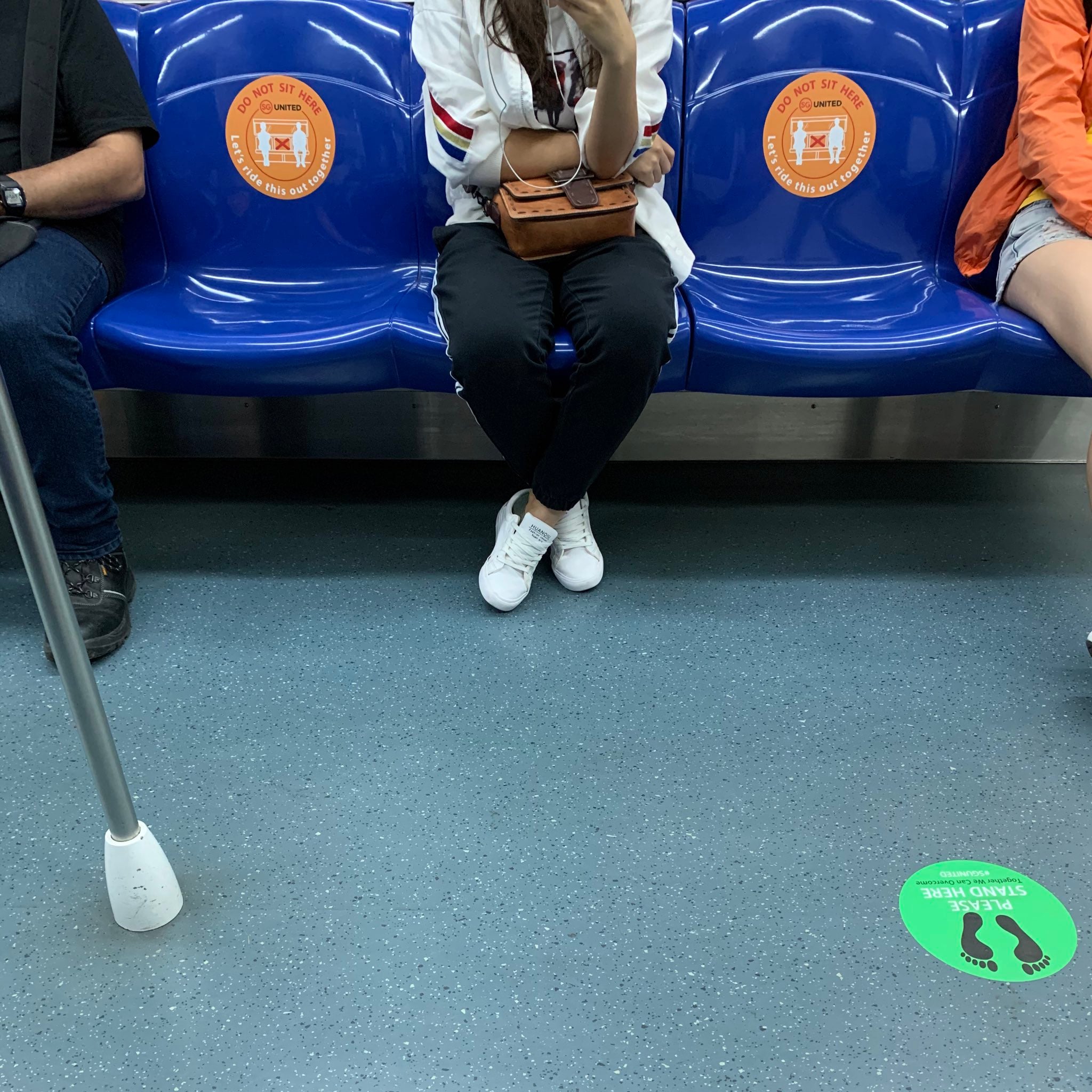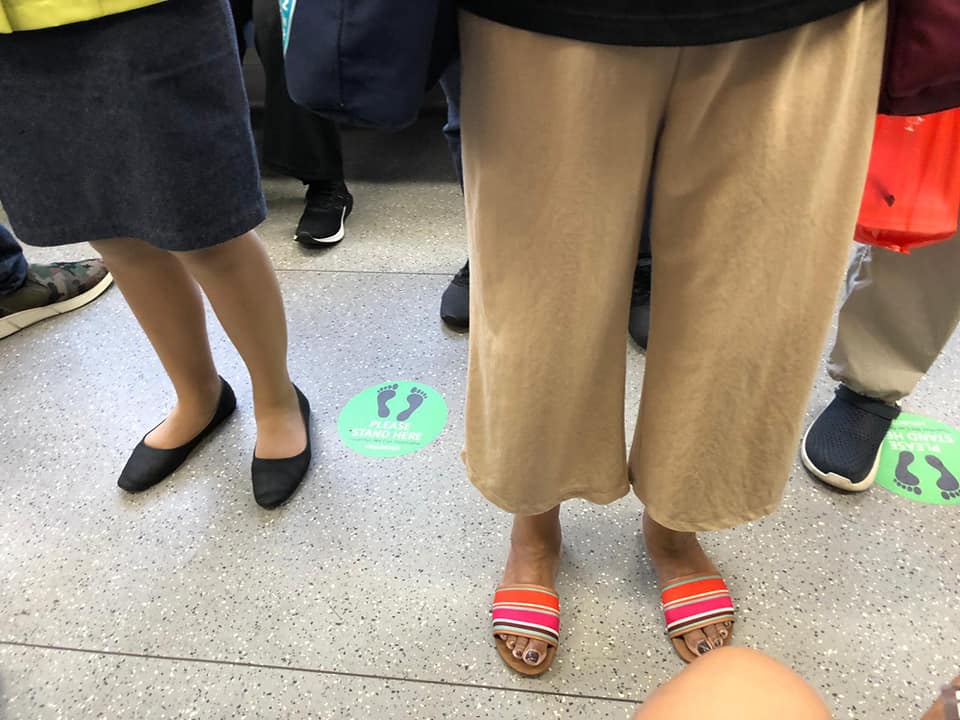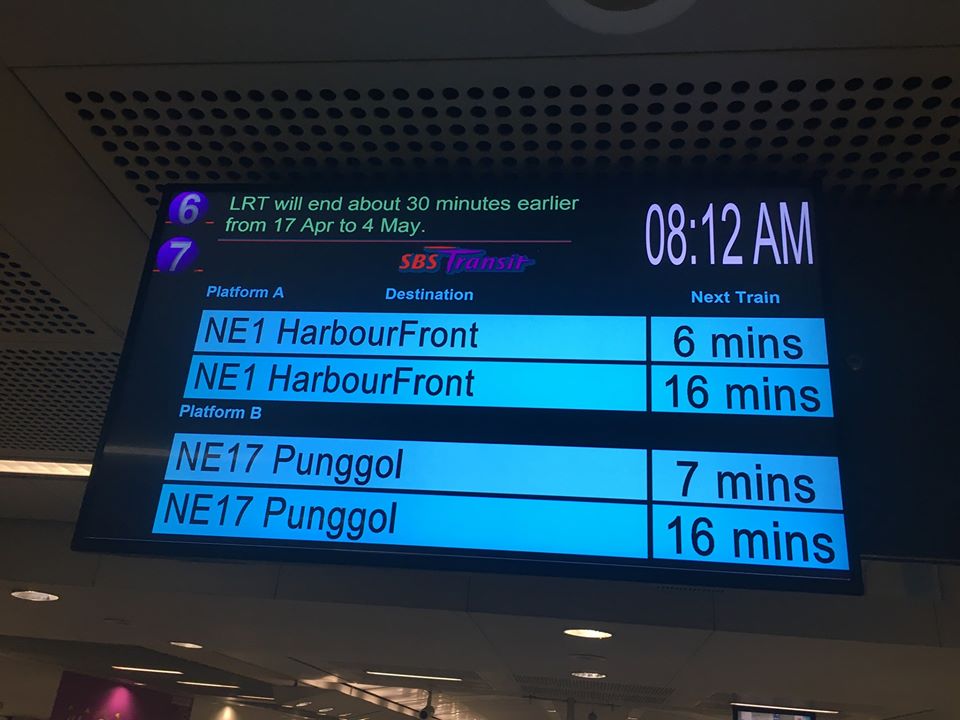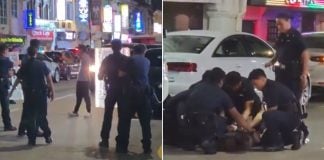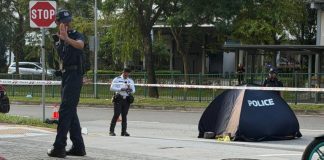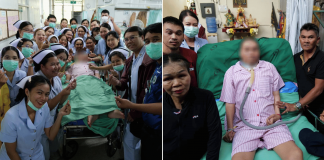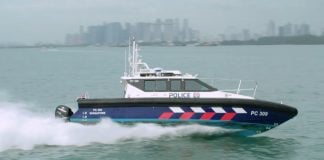Transport Minister Takes Note Of Crowded MRTs, LTA Will Refine Services After Studying Data
As the ‘Circuit Breaker’ stretches on to day 12, Singapore has seen fewer passengers on the MRT as many people are working from home.
To that end, Land Transport Authority (LTA) had decided to cut train frequency by up to 10 minutes during this period.
However, essential workers still need to go to work, and on Friday (17 Apr), the first day of the lowered frequencies, many commuters have reported that the trains have become more crowded — something that Transport Minister Khaw Boon Wan himself has acknowledged.
Obviously, it’s tough to keep a safe distance from others – as the authorities have told us to do – when the train is packed and you still need to get on anyway or risk being late for work.
Safe-distancing stickers on public transport were long overdue
When the safe-distancing stickers were rolled out in public transport on 9 Apr, some may have thought it was a long-overdue move, as we had been told about the dangers of being too close to others in public.
Yet we still had no choice but to sit cheek-by-jowl with strangers on buses and trains.
However, as the MRT becomes more crowded during peak hours, it becomes more difficult to stick to the stickers, try as we might.
10-minute frequency “not good enough”, makes for crowded MRTs
Columnist and author Neil Humphreys highlighted the issue in a frustrated Facebook post on Saturday (18 Apr), saying that the 10-min frequency for trains during peak hour was “not good enough” and makes it “impossible to social distance properly”.
Calling the lowered frequency “dangerous cost-cutting”, he said the authorities had to choose between the economy of the health of Singaporeans.
Transport Minister acknowledges crowded MRTs, says LTA is studying data
As if in reply to that question and many others on Singaporeans’ minds, Minister Khaw acknowledged the crowded situation in a Facebook post of his own on Saturday (18 Apr).
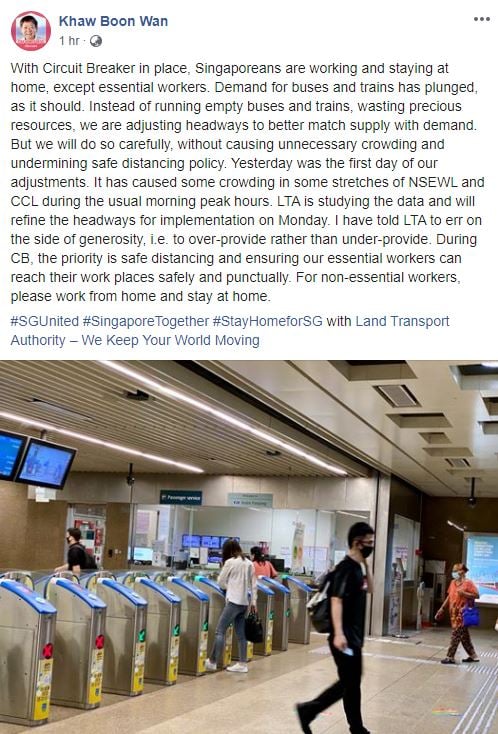
While he mentions “some crowding” on trains during the morning peak hours on first day of the lowered frequency, he said the LTA would study the data
It would then proceed to “refine the headways” to find a combination that would match the supply of trains to the lowered passenger demand during the ‘Circuit Breaker’.
Must err on the side of generosity
On the balance between supply and demand, Minister Khaw expressed a view that buses and trains should not be running empty during the ‘Circuit Breaker’ as it would waste precious resources.
But he also noted that “unnecessary crowding” should also be avoided, so as not to undermine the safe distancing policy propagated by the Government.
Hence, the minister has told LTA to “err on the side of generosity”.
That means it’s better to over-provide trains than to under-provide them and risk passengers breaking safe distancing protocol.
It’s a delicate balance indeed, and some commuters might say that it hasn’t been reached yet.
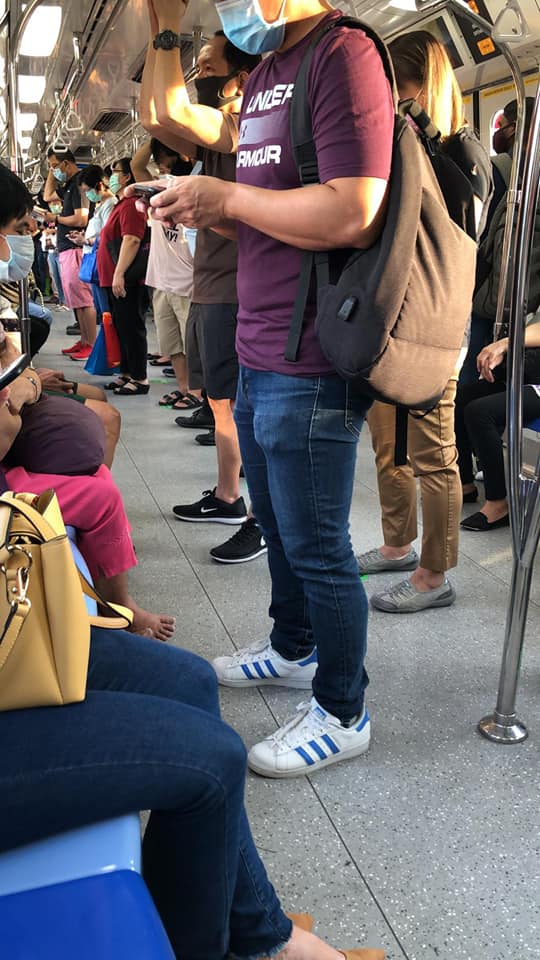
Cost-cutting mindset must change if we want to eradicate Covid-19
While it may be a waste of resources to run trains that are half-empty, we agree with Minister Khaw that it’s better to do that than to risk Covid-19 spreading widely in our public transport system and threatening the health of Singaporeans.
After all, it’s precisely our ingrained mindset of economic pragmatism and resource optimisation that has made it difficult for many to effectively social distance in our high-density city — it’s the exact same cost-cutting way of thinking that has caused our foreign workers to be packed so closely together in their dormitories.
The arrival of Covid-19 to our shores has shown that this mindset has to change, however, or we risk decimation.
Featured image adapted from Facebook and Facebook.
